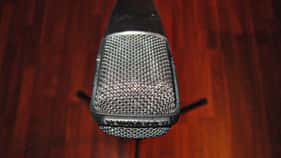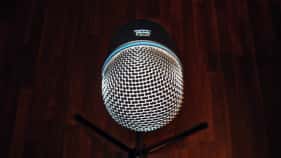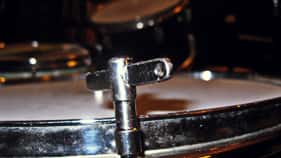For most people, miking the hi hat is often, at best, an afterthought and, at worst, completely ignored. While it is true that a hi hat mic may be unnecessary, what with modern overhead miking combined with drummers that bash their hats, a crisp discrete channel of just hi hats…
Read More 







